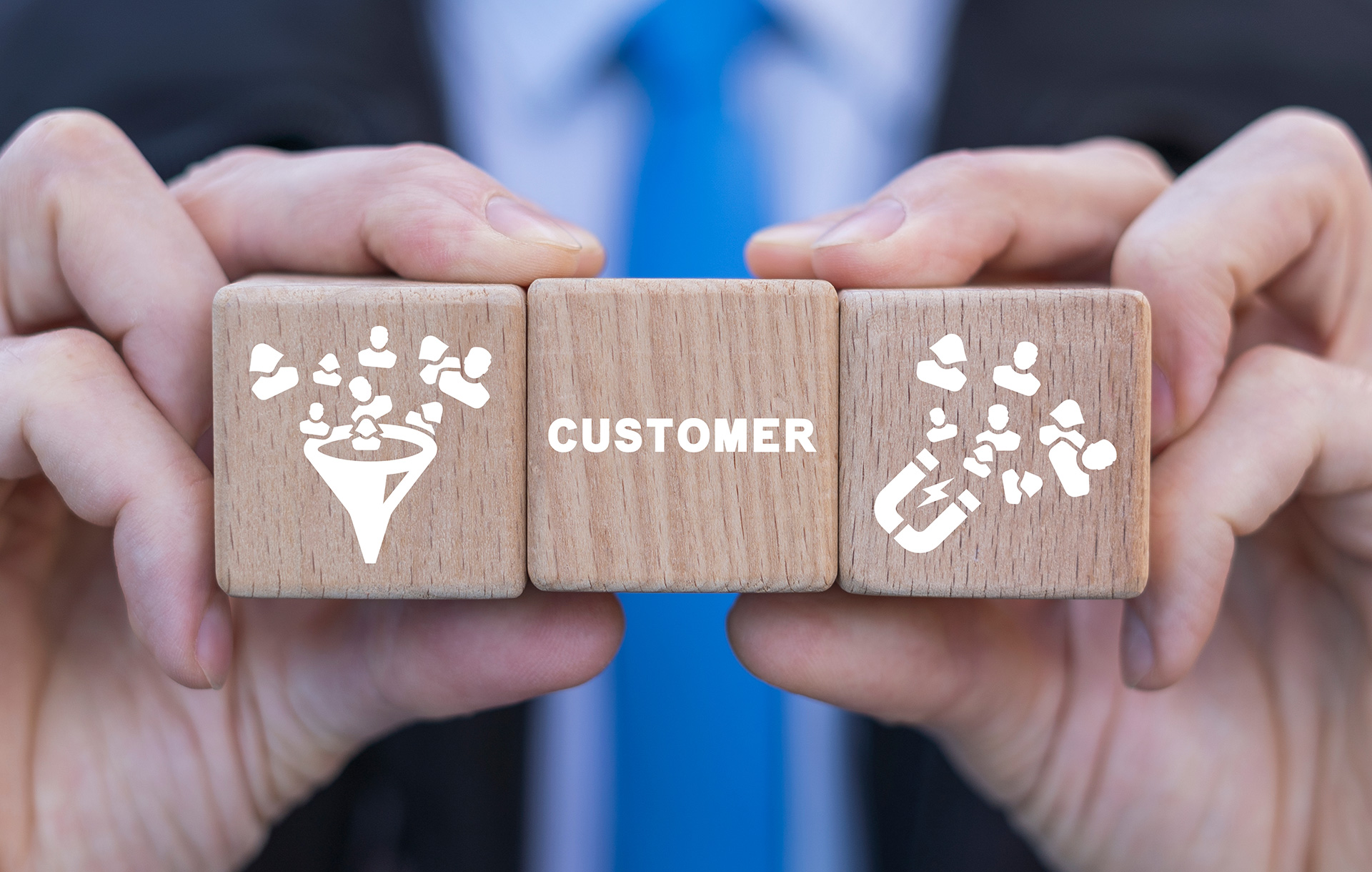How advertising has changed.
I can barely remember what life was like before the Internet.
Without any doubts, social media is making an indelible impact on how we relate with one another. And all these changes happened within one generation.
As technology has advanced, consumers are deluged with trillions of ads. But advertising is becoming something that is less ‘interruptive’ and more sophisticated in reaching the right people at the right time.
So what make today’s advertising distinctive from the old days? The most obvious point is that it’s gone digital. But how did that change the way advertising ‘communicate’ with consumers?
Personalisation
Unlike the old days when advertisers valued quantity, the modern marketing incorporates a more ‘focused’ approach. Today’s ads are less bombarding people with unwanted and irrelevant information to manipulate them into purchasing the products.
‘Online advertising technology is becoming even more sophisticated.’ Advertisers are using Cookies that allow brands to ‘retarget’ particular users. Have you ever come across some ads related to your previous search on other website? So if you were looking for Nike shoes on a website with cookie, then you will also likely to see ads of similar types of shoes on other website.
Thanks to cookies, advertisers can now show relevant information and ads to those who would most likely to be interested in hearing from them. They can even personalise their ad to some particular internet users from different locations.
One of the most prominent changes within the advertising realm is the prevalence of mobile phone users. In a traditional form, all ads were scaled down to fit into mobile digital space. However advanced mobile advertising now incorporates a localised and geo-specific methods to target audience.
As our consumers are always on the move, local businesses will have more control over real-time campaigns at the right location, targeting the right demographics. Mobile advertising
And, soon or later, the early-adapters of smart watches and other similar wearable technologies will throw a new advertising opportunities for brands and businesses (see more here).
More interaction using social media
Prevalence of mobile phones also created advertising practices using social media.
Brands have also utilised social media platforms to promote their posts and ads. For many B2C businesses, Twitter is the main source of customer engagement, while others may consider Instagram to show off their creative products.
Social media has also shifted the importance of advertising from catchy copywriting to greater interaction and engagement, using videos, imagery and GIFs.
Quality rather than quantity
It is rather recent when brands have started to value quality than quantity. Increasingly, companies of all industries have started embracing content marketing. Simply because advertisers realised that targeting every single person is no longer effective.
Ads are no longer enough and brands will need to get discovered by consumers. The rise of native or editorial ads prioritise trustworthy polished content over anything else. For example, companies such as Buzzfeed’s ‘‘15 Things You Didn’t Know About 15 Captains, Commanders And Conquerors’’.
Such native ads generally enjoy higher click-through rates and engagement with the readers. Besides, they are more likely to be shared than other forms of advertisement.
Is advertising still intrusive?
But then again, the digital space looks clustered.
As new kinds of advertising emerges, so do the new kinds of challenges.
People have already built up their immune system to irrelevant and intrusive. Some biased, brand-sponsored ads tend to leave the consumers pondering ‘Do they really benefit me?’.
So the next era of advertising should be about creating the right content and understanding the context. Contents that actually produce something valuable and lovable for consumers at the right time, rendering the brand more reliable and useful.
Because from now on, consumers continue to find what products and brands they want.
Not the other way around.








0.Comments